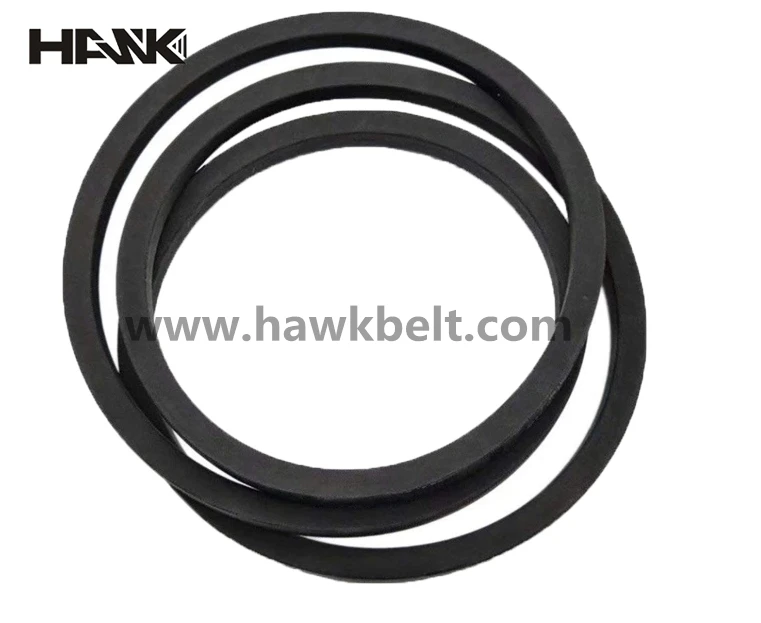- Arabic
- French
- Russian
- Spanish
- Portuguese
- Turkish
- Armenian
- English
- Albanian
- Amharic
- Azerbaijani
- Basque
- Belarusian
- Bengali
- Bosnian
- Bulgarian
- Catalan
- Cebuano
- Corsican
- Croatian
- Czech
- Danish
- Dutch
- Afrikaans
- Esperanto
- Estonian
- Finnish
- Frisian
- Galician
- Georgian
- German
- Greek
- Gujarati
- Haitian Creole
- hausa
- hawaiian
- Hebrew
- Hindi
- Miao
- Hungarian
- Icelandic
- igbo
- Indonesian
- irish
- Italian
- Japanese
- Javanese
- Kannada
- kazakh
- Khmer
- Rwandese
- Korean
- Kurdish
- Kyrgyz
- Lao
- Latin
- Latvian
- Lithuanian
- Luxembourgish
- Macedonian
- Malgashi
- Malay
- Malayalam
- Maltese
- Maori
- Marathi
- Mongolian
- Myanmar
- Nepali
- Norwegian
- Norwegian
- Occitan
- Pashto
- Persian
- Polish
- Punjabi
- Romanian
- Samoan
- Scottish Gaelic
- Serbian
- Sesotho
- Shona
- Sindhi
- Sinhala
- Slovak
- Slovenian
- Somali
- Sundanese
- Swahili
- Swedish
- Tagalog
- Tajik
- Tamil
- Tatar
- Telugu
- Thai
- Turkmen
- Ukrainian
- Urdu
- Uighur
- Uzbek
- Vietnamese
- Welsh
- Bantu
- Yiddish
- Yoruba
- Zulu
Dek . 15, 2024 16:53 Back to list
v belt pulley
Understanding V-Belt and Pulley Systems
V-belts and pulleys are fundamental components in many mechanical systems, playing a crucial role in the transmission of power and motion. Their design and implementation can significantly affect the efficiency and effectiveness of various machinery, ranging from industrial equipment to automotive engines. This article explores the principles, applications, advantages, and maintenance of V-belt and pulley systems.
What is a V-Belt?
A V-belt is a type of flexible belt that has a cross-section shaped like a V. This design allows the belt to fit snugly into the groove of a pulley, providing a larger surface area for friction and thus enhancing grip. V-belts are primarily used to transmit power between shafts that are not in direct alignment, making them versatile in numerous applications. They are available in various sizes, materials, and configurations to suit different performance requirements.
V-Pulley The Power-Tansmitting Component
Pulleys are wheels with a grooved rim designed to hold a belt or cable. The V-pulley, specifically designed for use with V-belts, has a groove shaped to match the V-profile of the belt. This design allows for effective power transmission, ensuring minimal slippage while accommodating changes in speed and load.
The diameters of pulleys can vary significantly, and this has a direct impact on the speed of the output shaft. When a smaller pulley is connected to a larger one, the relationship between their diameters will determine the speed ratio. This can be manipulated to achieve desired performance characteristics, such as increased torque or higher speed.
Applications of V-Belt and Pulley Systems
V-belt and pulley systems are ubiquitous in various industries. In automotive applications, they are used to drive accessories such as alternators, water pumps, and air conditioning compressors. In industrial settings, these systems are commonly found in conveyor belts, lawnmowers, and manufacturing equipment. The ability to transmit power efficiently over distances has made them indispensable in almost every sector, including agriculture, construction, and home appliances.
Advantages of V-Belt and Pulley Systems
1. Efficiency V-belts effectively transmit power with minimal energy loss. Their gripping ability reduces slippage, making them efficient for a wide range of applications.
2. Flexibility The ability to connect shafts that are not aligned offers flexibility in design and layout. This permits the use of different machinery configurations without extensive modifications.
v belt pulley

3. Cost-Effectiveness V-belts are typically less expensive than other types of power transmission systems like gears or chains. Moreover, they are lightweight and easy to install.
4. Reduced Vibration and Noise The design of V-belts helps reduce vibrations and noise during operation, contributing to a quieter working environment.
5. Long Service Life When properly maintained, V-belts can have a long service life, making them a reliable choice for many applications.
Maintenance of V-Belt and Pulley Systems
While V-belt and pulley systems are generally low-maintenance, regular inspections and adjustments can enhance their longevity and performance. Here are some maintenance tips
1. Check for Wear Regularly inspect the belts for signs of wear, including cracks, fraying, or glazing. Replace worn belts promptly to prevent failure.
2. Ensure Proper Tension A correctly tensioned belt maximizes performance and prevents slippage. Use a tension gauge to ensure the belt is neither too tight nor too loose.
3. Align Pulleys Misaligned pulleys can cause uneven wear and reduced efficiency. Use alignment tools to regularly check and adjust the alignment of pulleys.
4. Clean Components Dirt and debris can compromise the efficiency of the system. Regularly clean the pulleys and belts to remove any build-up that can lead to slippage or wear.
5. Monitor Temperature Overheating can lead to premature belt failure. Ensure that the system operates within the recommended temperature ranges.
Conclusion
V-belt and pulley systems are vital components in modern mechanical systems. Understanding their design, advantages, and maintenance needs can lead to more effective use, improved performance, and extended service life. Whether in industrial settings, vehicles, or everyday machines, the simplicity and reliability of V-belt and pulley systems make them an essential consideration for engineers and operators alike.
-
Korean Auto Parts Timing Belt 24312-37500 For Hyundai/Kia
NewsMar.07,2025
-
7PK2300 90916-T2024 RIBBED BELT POLY V BELT PK BELT
NewsMar.07,2025
-
Chinese Auto Belt Factory 310-2M-22 For BMW/Mercedes-Benz
NewsMar.07,2025
-
Chinese Auto Belt Factory 310-2M-22 For BMW/Mercedes-Benz
NewsMar.07,2025
-
90916-02660 PK Belt 6PK1680 For Toyota
NewsMar.07,2025
-
drive belt serpentine belt
NewsMar.07,2025

